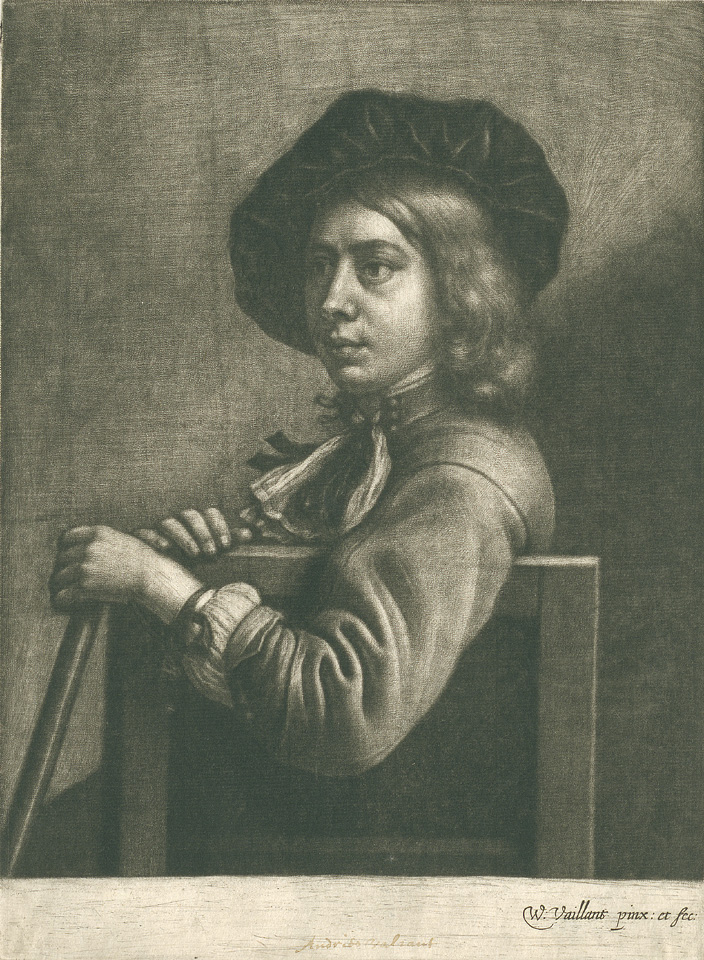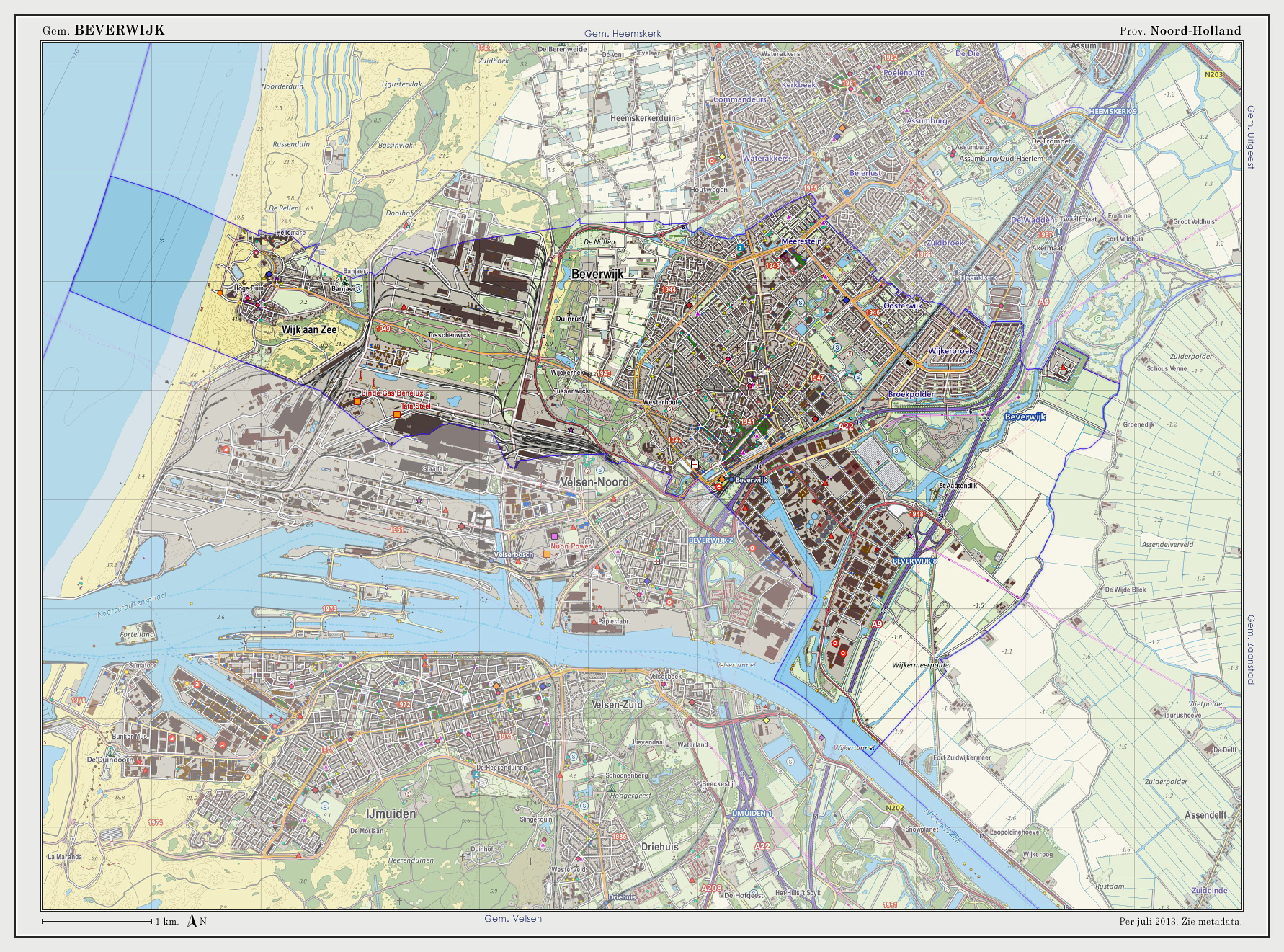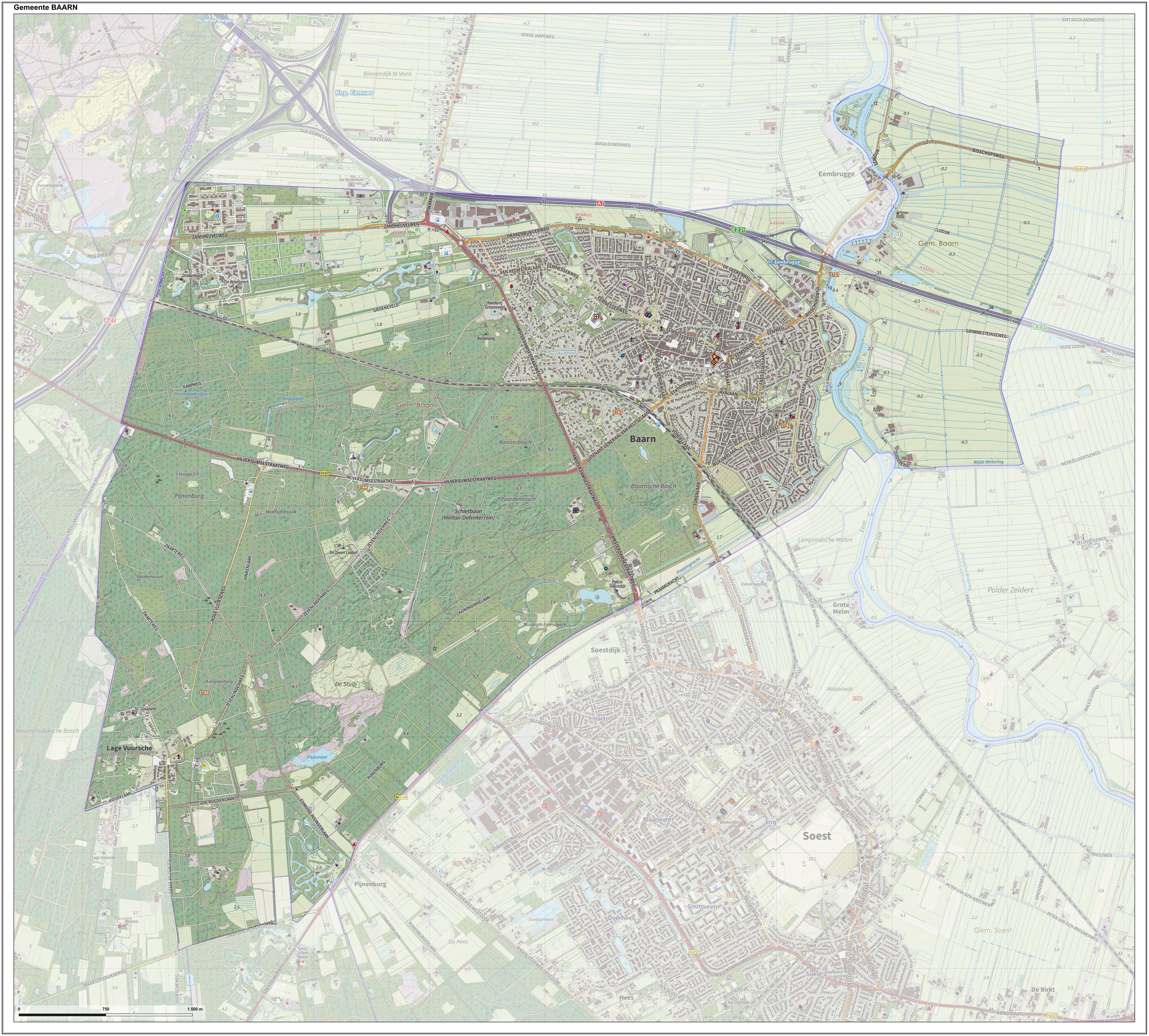|
Agneta De Graeff Van Polsbroek
Agneta de Graeff van Polsbroek (Amsterdam Amsterdam ( , , , lit. ''The Dam on the River Amstel'') is the capital and most populous city of the Netherlands, with The Hague being the seat of government. It has a population of 907,976 within the city proper, 1,558,755 in the urban ar ..., 10 November 1603 – 3 or 4 March 1656), was a Patrician (post-Roman Europe), patrician woman from the Dutch Golden Age. She became known as the mother-in-law of Johan de Witt. Biography Agneta was born as the oldest daughter of Jacob Dircksz de Graeff and Aeltje Boelens Loen (?–1620). In 1625 she was married to Jan Bicker. The couple had four daughters: * Elisabeth Bicker married Jacobus Trip family, Trip, a wealthy arms dealer * Geertruida Bicker married Jean Deutz, a very rich Banker of Amsterdam * Wendela Bicker married Johan de Witt * Jacoba Bicker married her full cousin Pieter de Graeff The couple lived at their country houses ''De Eult'' at Baarn, ''Akerendam'' and ''Duynwij ... [...More Info...] [...Related Items...] OR: [Wikipedia] [Google] [Baidu] |
Agneta De Graeff Van Polsbroek
Agneta de Graeff van Polsbroek (Amsterdam Amsterdam ( , , , lit. ''The Dam on the River Amstel'') is the capital and most populous city of the Netherlands, with The Hague being the seat of government. It has a population of 907,976 within the city proper, 1,558,755 in the urban ar ..., 10 November 1603 – 3 or 4 March 1656), was a Patrician (post-Roman Europe), patrician woman from the Dutch Golden Age. She became known as the mother-in-law of Johan de Witt. Biography Agneta was born as the oldest daughter of Jacob Dircksz de Graeff and Aeltje Boelens Loen (?–1620). In 1625 she was married to Jan Bicker. The couple had four daughters: * Elisabeth Bicker married Jacobus Trip family, Trip, a wealthy arms dealer * Geertruida Bicker married Jean Deutz, a very rich Banker of Amsterdam * Wendela Bicker married Johan de Witt * Jacoba Bicker married her full cousin Pieter de Graeff The couple lived at their country houses ''De Eult'' at Baarn, ''Akerendam'' and ''Duynwij ... [...More Info...] [...Related Items...] OR: [Wikipedia] [Google] [Baidu] |
Pieter De Graeff
Pieter de Graeff (15 August 1638 – 3 June 1707), was a member of the De Graeff-family from the Dutch Golden Age. He was an Amsterdam Regent during the late 1660s and the early 1670s, and held the titles as Lord of the semi-sovereign Fief Zuid-Polsbroek and 19.th Lord of the Free and high Fief Ilpendam and Purmerland. De Graeff was a member of a family of regents who belonged to the republican political movement also referred to as the ‘state oriented’, as opposed to the Royalists. Biography Family De Graeff De Graeff was born in Amsterdam as son of the Amsterdam regent Cornelis de Graeff and Catharina Hooft, and older brother of Jacob de Graeff. Both, Pieters father Cornelis and his uncle Andries de Graeff, were very critical of the Orange family's influence. Together with the Republican political leader Grand Pensionary Johan de Witt, the De Graeff-family strived for the abolition of stadtholdership. They desired the full sovereignty of the individual regions in a ... [...More Info...] [...Related Items...] OR: [Wikipedia] [Google] [Baidu] |
Nobility From Amsterdam
Nobility is a social class found in many societies that have an aristocracy. It is normally ranked immediately below royalty. Nobility has often been an estate of the realm with many exclusive functions and characteristics. The characteristics associated with nobility may constitute substantial advantages over or relative to non-nobles or simply formal functions (e.g., precedence), and vary by country and by era. Membership in the nobility, including rights and responsibilities, is typically hereditary and patrilineal. Membership in the nobility has historically been granted by a monarch or government, and acquisition of sufficient power, wealth, ownerships, or royal favour has occasionally enabled commoners to ascend into the nobility. There are often a variety of ranks within the noble class. Legal recognition of nobility has been much more common in monarchies, but nobility also existed in such regimes as the Dutch Republic (1581–1795), the Republic of Genoa (1005–1 ... [...More Info...] [...Related Items...] OR: [Wikipedia] [Google] [Baidu] |
17th-century Dutch Women
The 17th century lasted from January 1, 1601 ( MDCI), to December 31, 1700 ( MDCC). It falls into the early modern period of Europe and in that continent (whose impact on the world was increasing) was characterized by the Baroque cultural movement, the latter part of the Spanish Golden Age, the Dutch Golden Age, the French ''Grand Siècle'' dominated by Louis XIV, the Scientific Revolution, the world's first public company and megacorporation known as the Dutch East India Company, and according to some historians, the General Crisis. From the mid-17th century, European politics were increasingly dominated by the Kingdom of France of Louis XIV, where royal power was solidified domestically in the civil war of the Fronde. The semi-feudal territorial French nobility was weakened and subjugated to the power of an absolute monarchy through the reinvention of the Palace of Versailles from a hunting lodge to a gilded prison, in which a greatly expanded royal court could be more easily k ... [...More Info...] [...Related Items...] OR: [Wikipedia] [Google] [Baidu] |
House De Graeff
A house is a single-unit residential building. It may range in complexity from a rudimentary hut to a complex structure of wood, masonry, concrete or other material, outfitted with plumbing, electrical, and heating, ventilation, and air conditioning systems.Schoenauer, Norbert (2000). ''6,000 Years of Housing'' (rev. ed.) (New York: W.W. Norton & Company). Houses use a range of different roofing systems to keep precipitation such as rain from getting into the dwelling space. Houses may have doors or locks to secure the dwelling space and protect its inhabitants and contents from burglars or other trespassers. Most conventional modern houses in Western cultures will contain one or more bedrooms and bathrooms, a kitchen or cooking area, and a living room. A house may have a separate dining room, or the eating area may be integrated into another room. Some large houses in North America have a recreation room. In traditional agriculture-oriented societies, domestic animals such as c ... [...More Info...] [...Related Items...] OR: [Wikipedia] [Google] [Baidu] |
Dirk De Graeff Van Polsbroek
Jhr. Dirk de Graeff van Polsbroek (born ''Dirk de Graeff''; named also ''Van Polsbroek'' or ''Polsbroek'') (Amsterdam, 28 August 1833 – 27 June 1916, The Hague) was a Dutch aristocrat, merchant and diplomat. Between 1863 and 1868 he was Dutch Consul General and then until 1870 Dutch Minister-Resident and de facto envoy to Japan. Since no ambassadors were planned at that time, his legation fulfilled the same task. De Graeff van Polsbroek was an important representative of the Dutch government who laid the foundation for modern diplomatic representation in Japan and the first diplomat with permanent residence in Japan (comparable to a modern ambassador). At the time of his activity in Japan, he assisted Emperor Meiji and his government as a councillor in negotiations with Western states. He was a representative, envoy and plenipotentiary minister of various European states and, due to his relationship with Meiji, the Japanese government and his knowledge of the state, played a c ... [...More Info...] [...Related Items...] OR: [Wikipedia] [Google] [Baidu] |
Westerkerk
The Westerkerk (; en, Western Church) is a Reformed church within Dutch Protestant Calvinism in central Amsterdam, Netherlands. It lies in the most western part of the Grachtengordel neighborhood (Centrum borough), next to the Jordaan, between the Prinsengracht and Keizersgracht. History The Westerkerk was built between 1620 and 1631 in Renaissance style according to designs by architect Hendrick de Keyser. He is buried in the church he designed earlier: the 'Zuiderkerk'. The building of the Westerkerk was finished and completed by his son Pieter de Keyser and inaugurated on June 8, 1631. The church has a length of and a width of . The high nave is flanked by the two lower aisles. The three-aisled basilica has a rectangular plan with two transepts of equal dimensions. As a result, the plan for this church was given the form of two Greek crosses connected with each other. (a patriarchal cross). Several older churches in Amsterdam, such as Oude Kerk and Nieuwe Kerk, were or ... [...More Info...] [...Related Items...] OR: [Wikipedia] [Google] [Baidu] |
Wallerant Vaillant
Wallerant Vaillant (30 May 1623 – 28 August 1677) was a painter of the Dutch Golden Age and one of the first artists to use the mezzotint technique, which he probably helped to develop. Family Wallerant Vaillant was born in Lille, the oldest of five brothers who all became successful painters. * Jacques (1625–1691) traveled to Italy where he joined the Bentvueghels in Rome with the nickname ''Leeuwrik'', and settled later in Berlin. * Jan (1627–1668+) was an engraver considered to be a member of the school of Frankenthal and later became a merchant in Frankfurt. * Bernard (1632–1698) accompanied Wallerant on all of his travels, and settled later in Rotterdam, where he became deacon of the Wallonian Church. * Andreas (1655–1693), the youngest, became an engraver in Paris, and died in Berlin visiting his brother Jacques. Education and career It is said Wallerant was a student of Erasmus Quellinus II (1607–1678) in Antwerp. He moved with his parents in 1643 ... [...More Info...] [...Related Items...] OR: [Wikipedia] [Google] [Baidu] |
Gouden Reael
The Gouden Reael is a traditional designation for an area of the city of Amsterdam in the Netherlands. It consists of the current neighborhood Westelijke Eilanden ("Western Islands", i.e. Prinseneiland, Bickerseiland and Realeneiland) plus the Westerdokseiland, Haarlemmerbuurt and Planciusbuurt. A 'Gouden Reael' ("Spanish real, golden real") was a Spanish coin from the 16th century. The birth house of Laurens Reael (1583–1637), third Governor-General of the Dutch East Indies, had a golden real on its signpost or gable stone, from which the family took its name. In 1648, the Reael family, which counted several prominent Amsterdam citizens, built a warehouse on the ''Zandhoek'', again with a golden real gablestone. Around 1800 this building turned into a popular inn, "De Gouden Reael", which was made famous by a 1940 Jan Mens novel by the same name, and after which the neighborhood has been named. In 1610 and 1615 three artificial islands (Prinseneiland, Bickerseiland and Realen ... [...More Info...] [...Related Items...] OR: [Wikipedia] [Google] [Baidu] |
Herengracht
The Herengracht () is the second of four Amsterdam canals belonging to the canal belt and lies between the Singel and the Keizersgracht. The Gouden Bocht (Golden Bend) in particular is known for its large and beautiful canal houses. History The Herengracht was built starting in 1612 on the initiative of Mayor Frans Hendricksz. Oetgens, city carpenter Hendrick Jacobsz. Staets and city surveyor Lucas Jansz Sinck. Before that it was a moat (dug in 1585) for the companies located behind the Singel. The canal ran within the city wall parallel to the canal outside the city wall. The Herengracht therefore still has a kink at Driekoningenstraat, where the outer moat was routed around a stronghold at that height. When the ditch was widened into the present canal it was given the name Herengracht in 1612, after the ''Heren Regeerders van de stad Amsterdam'' (Gentlemen Governors of the city of Amsterdam). The part between Leidsegracht and the Binnen Amstel is part of the expansion aft ... [...More Info...] [...Related Items...] OR: [Wikipedia] [Google] [Baidu] |
Beverwijk
Beverwijk () is a municipality and a city in the Netherlands, in the province of North Holland. The town is located about northwest of Amsterdam in the Randstad metropolitan area, north of the North Sea Canal very close to the North Sea coast. A railway tunnel and two motorway tunnels cross the canal between Beverwijk and the nearby city of Haarlem on the south side of the canal. Around 1640, a town called Beverwyck was founded in the Dutch colony of New Netherland. That town's modern name is Albany, New York. Population centres The municipality of Beverwijk consists of two cores, Beverwijk proper and Wijk aan Zee, to the west, right on the coast. History The name Beverwijk comes from ''Bedevaartswijk'', meaning "pilgrimage neighbourhood". The town formed at the Saint Agatha Church which was a pilgrimage location in the Middle Ages. Allegedly Agatha of Sicily appeared there in the 9th century to a virgin from Velsen who was fleeing from the Count of Kennemerland. In 127 ... [...More Info...] [...Related Items...] OR: [Wikipedia] [Google] [Baidu] |
Baarn
Baarn () is a municipality and a town in the Netherlands, near Hilversum in the province of Utrecht. The municipality of Baarn The municipality of Baarn consists of the following towns: Baarn, Eembrugge, Lage Vuursche. The town of Baarn Baarn, the main town of the municipality, received city rights in 1391. The town lies about 8 km east of Hilversum. In 2001, the town of Baarn had a population of 22,871. The urban area of the town was , and consisted of 10,076 residences.Statistics Netherlands (CBS), ''Bevolkingskernen in Nederland 2001'' . Statistics are for the continuous built-up area. The royal family owns several houses around Baarn. The Soestdijk Palace in Baarn was the home of Queen Emma, Queen Juliana and Juliana's husband prince Bernard. Crown prince Willem Alexander and his brothers attended school ('' Nieuwe Baarnse School'' and '' Het Baarnsch Lyceum'') in Baarn when Queen Beatrix (then princess) and her family lived at Castle Drakesteijn in the village ... [...More Info...] [...Related Items...] OR: [Wikipedia] [Google] [Baidu] |







